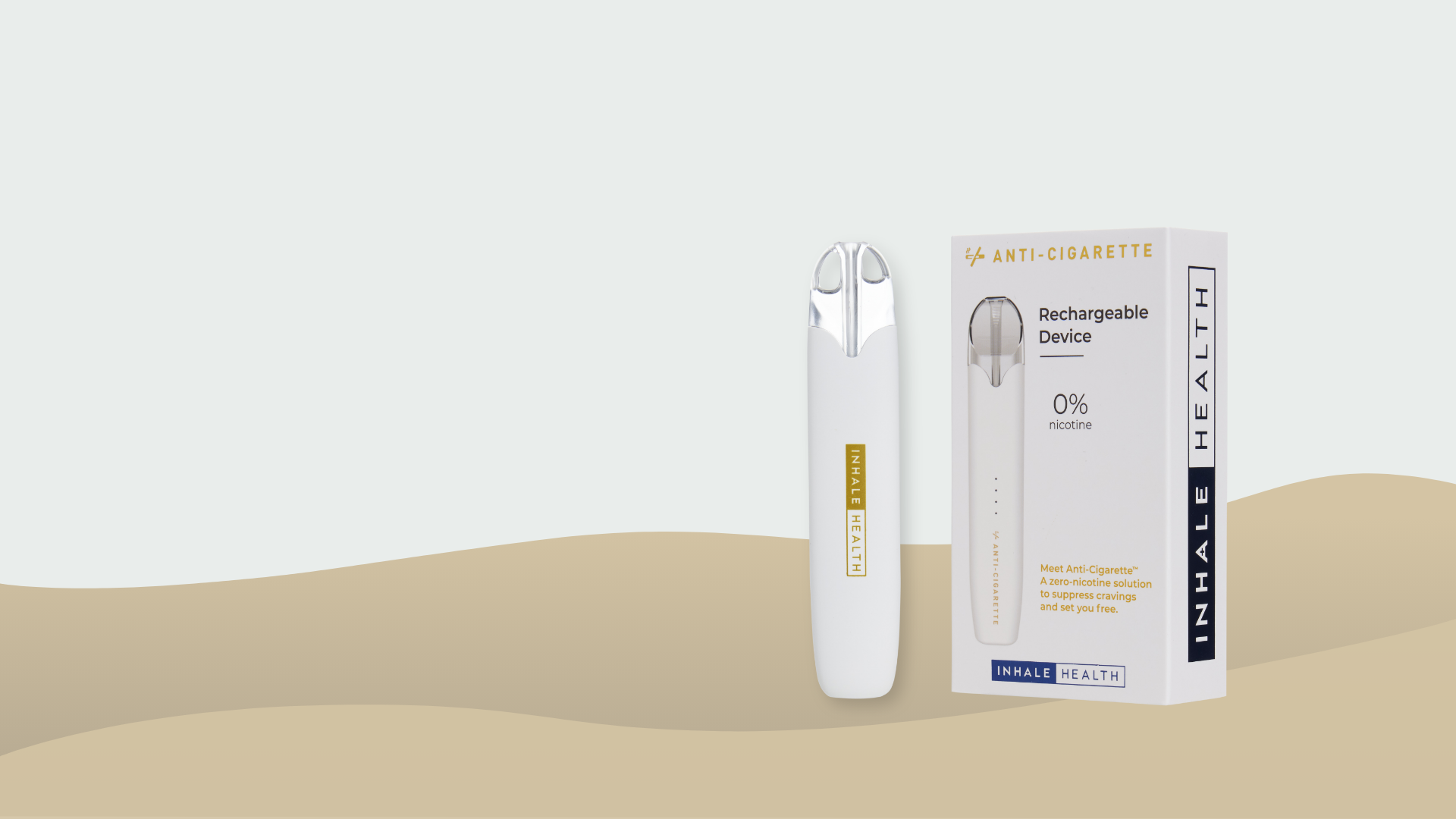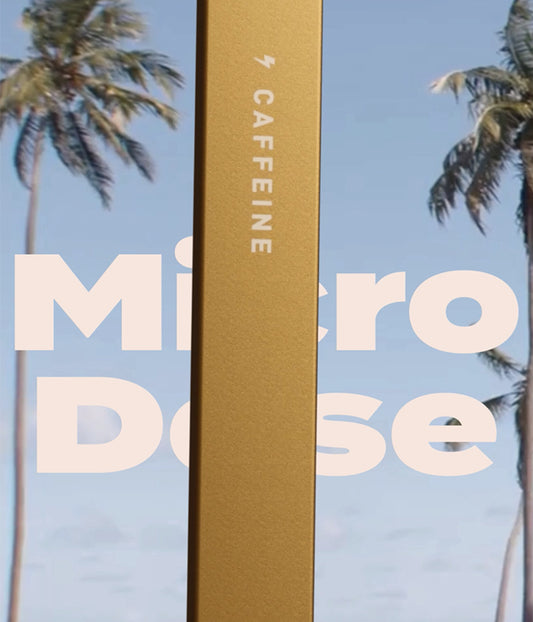

Blog
blog

7 Signs of B12 Deficiency
Learn about the 7 most common symptoms of Vitamin B12 deficiency.
7 Signs of B12 Deficiency
Learn about the 7 most common symptoms of Vitamin B12 deficiency.

Push Harder
See how Caffeine increased performance in athletes.
Push Harder
See how Caffeine increased performance in athletes.

Have you been more tired lately?
Discover the importance of Melatonin and Circadian Rhythm
Have you been more tired lately?
Discover the importance of Melatonin and Circadian Rhythm

4 Ways To Build New Habits
Learn about the process of building new habits.
4 Ways To Build New Habits
Learn about the process of building new habits.

The Lesser Known Benefits of Healthy Sleep
Discover some of the lesser known facts about sleep to help remind you how important it is to get enough shuteye.
The Lesser Known Benefits of Healthy Sleep
Discover some of the lesser known facts about sleep to help remind you how important it is to get enough shuteye.

Micro-Dosing with Caffeine
The problem with high doses of caffeine and the benefits of microdosing.
Micro-Dosing with Caffeine
The problem with high doses of caffeine and the benefits of microdosing.
